"The Manhattan Project" 1986 A Cold War Thriller with Moral Weight
"The Manhattan Project" (1986), directed by Marshall Brickman, blends dark comedy and ethics in science, rated 6.1/10—a nostalgic classic.
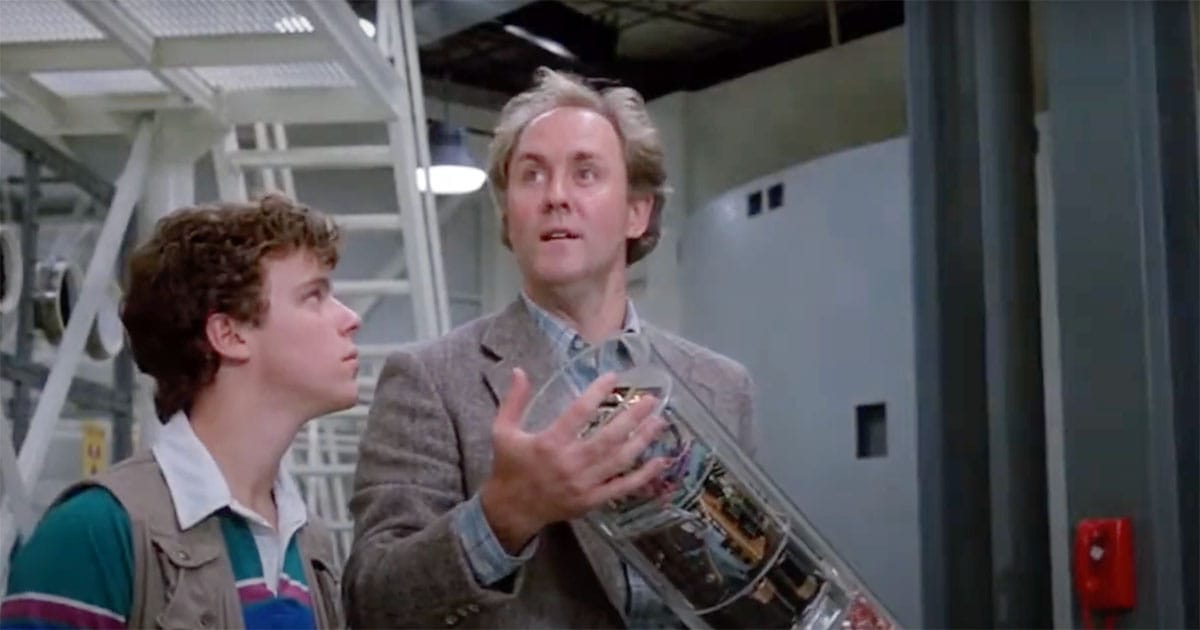
"The Manhattan Project," released in 1986 and directed by Marshall Brickman, presents a unique blend of dark comedy and thriller elements.
With a screenplay co-written by Brickman and Thomas Baum, the film features a talented cast, including John Lithgow, Christopher Collet, and a young Cynthia Nixon.
The story revolves around Paul Stephens, an exceptionally bright high school student who becomes entangled in the world of nuclear science after stealing plutonium from a secret government lab to construct an atomic bomb for a science fair.
Despite its mixed critical reception, the film navigates the complexities of nuclear paranoia during the Cold War, offering both entertainment and a thought-provoking examination of moral ethics in science.
However, a deeper analysis reveals a narrative that critiques intellectual arrogance and government secrecy. The film raises questions about the responsibilities of scientists and the potential consequences of their creations.
Brickman's direction, combined with Lithgow's compelling performance, layers the film with both humor and tension, making it worth a second look for audiences interested in the moral dilemmas surrounding technological advancements.
| Attribute | Details |
|---|---|
| Title | The Manhattan Project |
| Director | Marshall Brickman |
| Writer | Marshall Brickman, Thomas Baum |
| Actors or actresses | John Lithgow, Christopher Collet, Richard Council |
| Rated | PG-13 |
| Runtime | 117 min |
| Box Office | $3,900,000 |
| U.S. Release Date | 13 Jun 1986 |
| Quality Score | 6.1/10 |
| Find a DVD | Amazon |
Synopsis
Paul Stephens, motivated by curiosity and a sense of rebellion, decides to construct an atomic bomb for a science fair project after acquiring plutonium from a government facility.
He enlists the help of his close friend, who becomes increasingly apprehensive about the ethical implications of their endeavor. As the students progress with their project, they draw the attention of federal agents who recognize the potential threat posed by a high school student's illicit scientific venture.
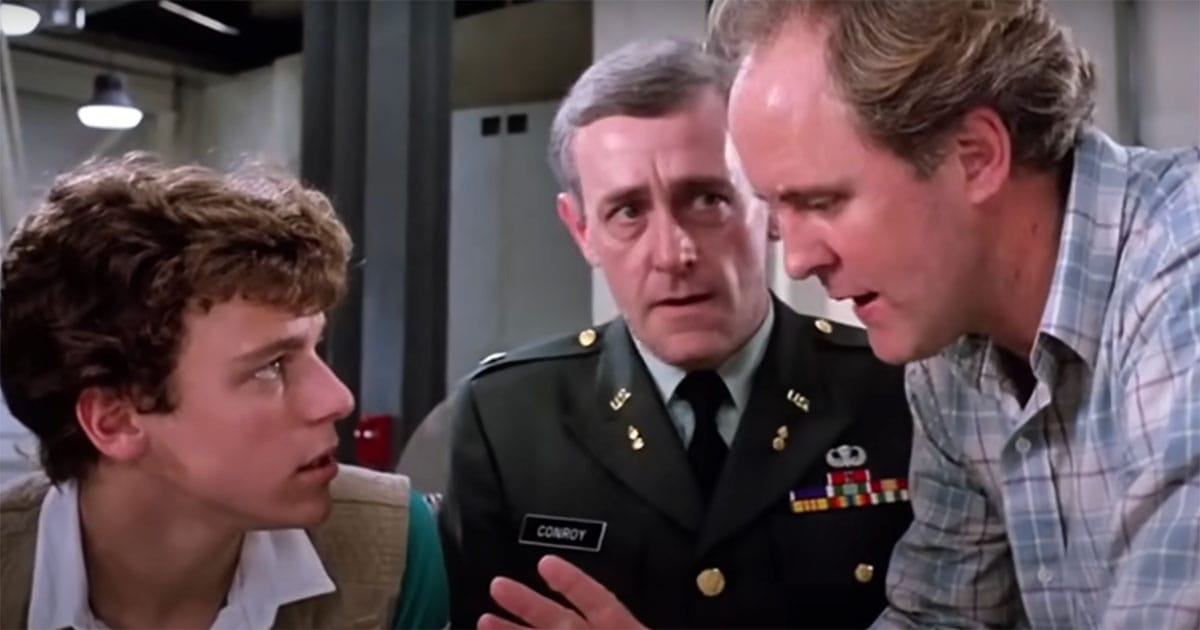
As the plot unfolds, Paul grapples with the consequences of his actions. He encounters opposition from his parents, particularly his father, who remains unaware of the true nature of the project.
Tensions escalate when government agents close in, leading to an intense cat-and-mouse chase. The film escalates toward its climax, forcing Paul to confront the moral repercussions of his ambition, as well as the fragile line between genius and irresponsibility.
In the end, "The Manhattan Project" serves not only as a cautionary tale about the recklessness of youthful ambition but also as a commentary on broader societal issues regarding scientific integrity and ethical responsibility.
Paul's journey highlights the dangers inherent in innovation when divorced from moral considerations, and it prompts the audience to reflect on the implications of scientific discovery within the context of cultural norms and governmental oversight.
Themes
"The Manhattan Project" engages its audience through a rich tapestry of themes that delve into the ethics of scientific discovery, the consequences of intellectual arrogance, and the duality of youth and knowledge. The film's exploration of these themes creates an experience that resonates long after the credits roll.
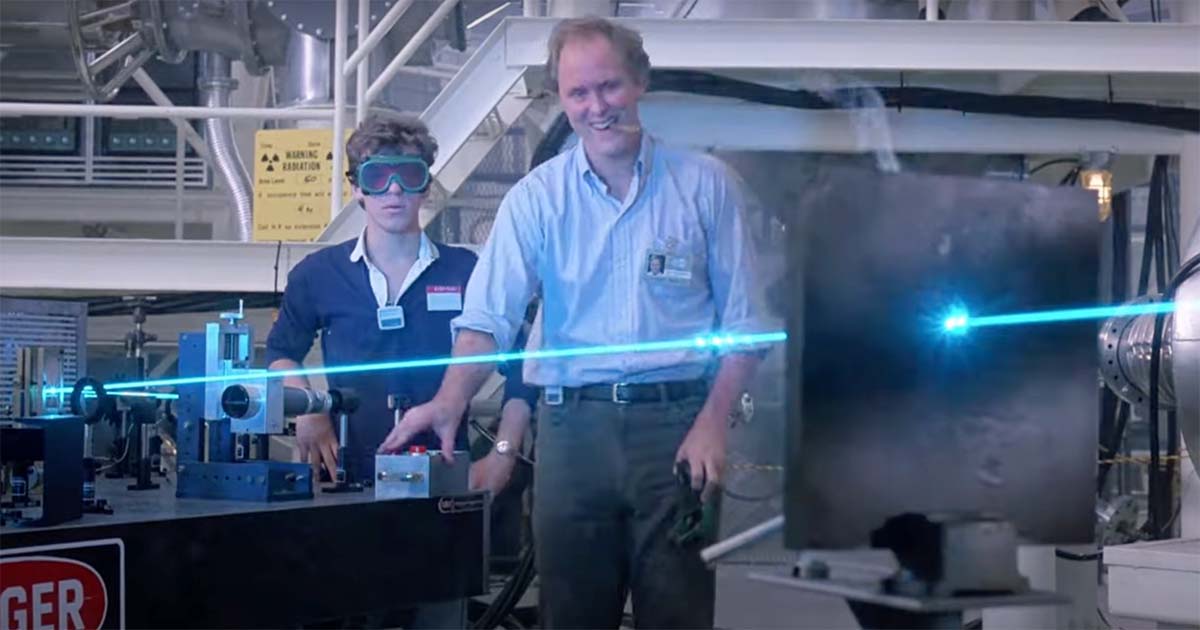
Upon watching, viewers encounter a world that expertly blends dark comedy with thrilling tension. The visual style presents a vibrant depiction of suburban life in the 1980s, juxtaposed with the somber tones of nuclear science.
The cinematography captures the youthful exuberance of high school, filled with bright colors and spacious shots of Paul's neighborhood, while also introducing the shadowy underbelly of government secrecy. This contrast establishes an engaging tension between innocence and awareness, inviting the audience to marvel at the potential and peril of youthful intellect.
Sound plays a pivotal role in defining the film's atmosphere. The score oscillates between playful motifs that reflect the naïveté of adolescence and dramatic compositions underscoring the seriousness of nuclear physics. During key moments, the sound takes on a frenetic pace, mirroring Paul's escalating anxiety as he navigates the treacherous waters of his illicit endeavor. This aural experience draws viewers deeper into the narrative, reinforcing the emotional weight of each scene.
At its core, "The Manhattan Project" challenges the viewer to consider the responsibilities that accompany knowledge. Paul's journey begins with curiosity and excitement, but as he delves deeper into the world of nuclear science, he faces a moral crisis. The film critiques not only his actions but also the broader civilizational tendency to prioritize innovation over ethics. This theme prompts viewers to reflect on contemporary issues surrounding technological advancements, especially in fields such as artificial intelligence and biotechnology.
The character of Paul embodies the archetype of the brilliant yet reckless youth. His ambition drives the plot, but it also serves as a cautionary tale about the pitfalls of intellectual pride. As the stakes rise, the film compels viewers to ponder how society often glorifies brilliance without acknowledging the dangers it poses when separated from ethical considerations. Through Paul's eyes, we see the thrill of discovery blurred by the weight of responsibility.
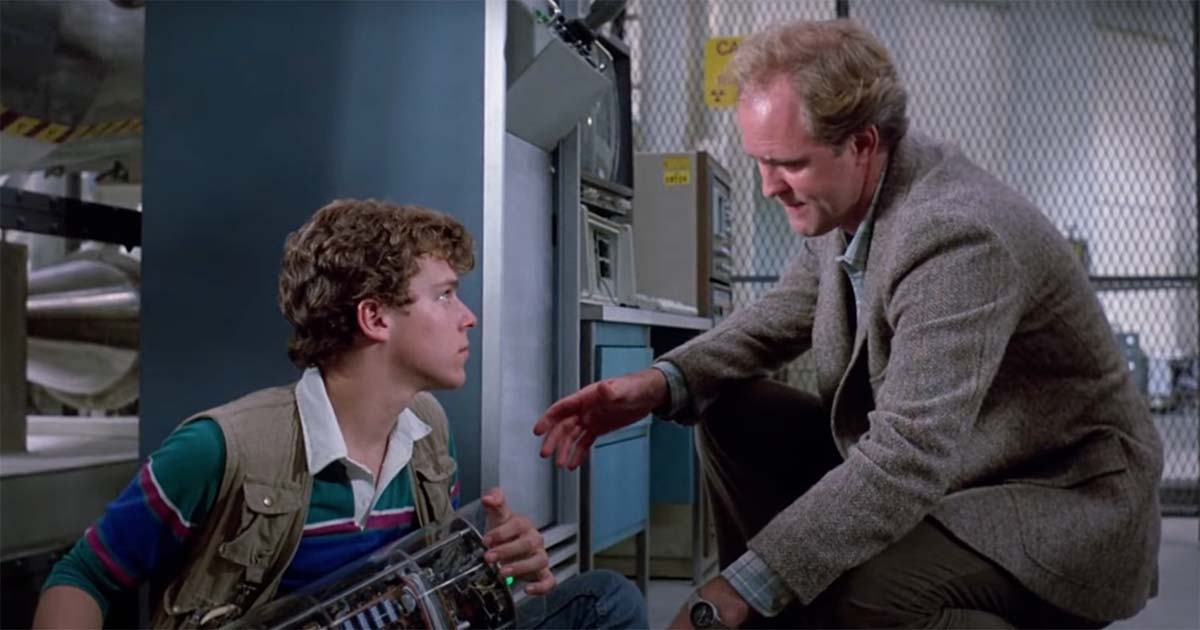
In addition to its intellectual musings, the film underscores the theme of government oversight and paranoia during the Cold War era. The government agents pursuing Paul embody the fear and suspicion prevalent at the time. While they represent authority, the film cleverly reveals their inability to understand the motivations of a bright young mind driven by curiosity. This disconnect prompts further questions about the role of institutions in supporting or stifling innovation.
Ultimately, "The Manhattan Project" remains memorable not just for its plot, but for the thought-provoking questions it raises. It intertwines humor with a tense narrative, engaging audiences in a way that transcends its time. When reflecting on this film, one cannot help but consider the balance between curiosity and caution, and the perpetual struggle to harness knowledge responsibly. As a cinematic experience, it captivates, entertains, and challenges the viewer to examine the moral fabric of scientific pursuit, an examination that remains ever relevant in our rapidly advancing world.
Who Will Enjoy The Manhattan Project
"The Manhattan Project" will appeal to a variety of viewers, especially those with an interest in the intersection of science and ethics. While many might assume that the film targets younger audiences due to its high school setting, it offers much more than just teen drama. Adults who appreciate dark humor and satirical critiques of social conventions will find the film's commentary refreshing.
This film fits nicely into a movie night when paired with discussions on ethics in science, serving as a springboard for critical conversations about contemporary issues. For example, those with a penchant for science fiction may enjoy it as a counterpoint to more conventional narratives that depict technology unilaterally as a force for good. The film's exploration of moral ambiguity presents a thought-provoking alternative to typical heroic tales of scientific innovation.
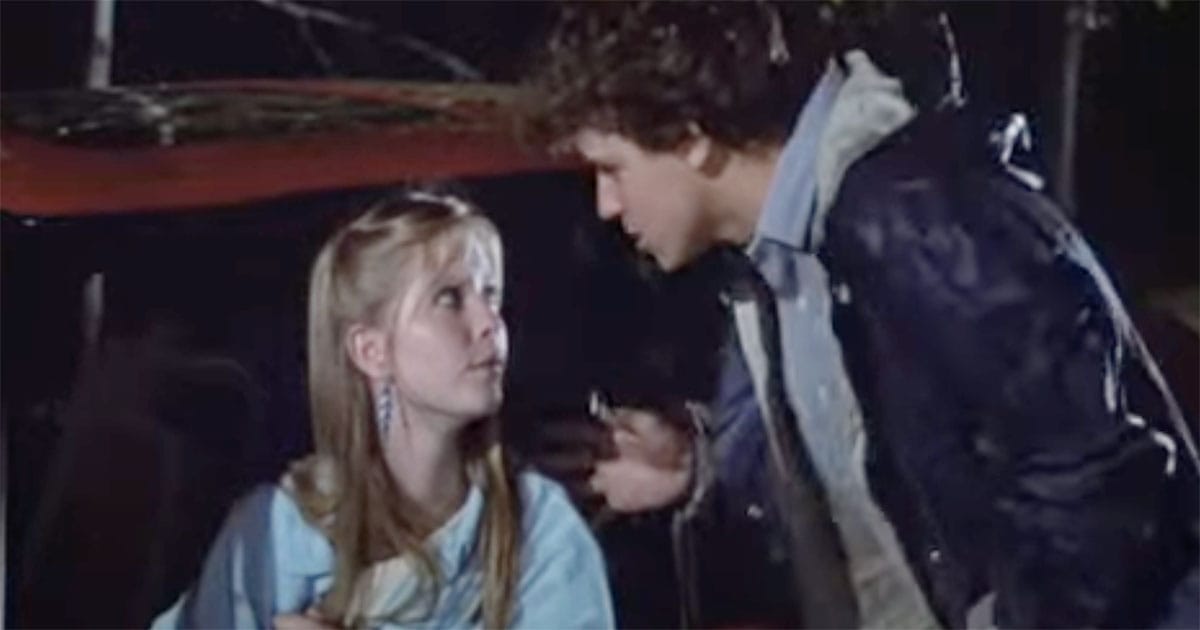
Additionally, fans of 1980s cinema looking for an under appreciated gem will find "The Manhattan Project" to be a nostalgic treat. Its setting and style evoke a time when the possibility of nuclear science loomed large in the public consciousness. This film serves as a reminder of the era's concerns while also providing an engaging story.
The underlying subtext about youth, ambition, and consequence is particularly relevant today. As one observes the rapid advancements in technology, the film's themes resonate with contemporary audiences and prompt reflection on the moral responsibilities associated with scientific discovery. Viewers who appreciate stories that challenge conventional wisdom and raise complex ethical questions will undoubtedly find value in this film.
While the film may primarily attract those interested in science fiction or ethical discourse, it holds broader relevance that can spark meaningful conversations long after viewing. The film captivates with its unique blend of humor and tension, ensuring that it leaves a lasting impression on those who engage with its narrative.

